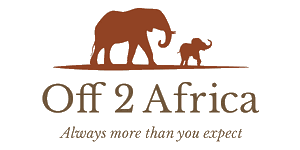
Safari Tours to Chobe NP
-
![7-Day Luxury Botswana Safari Tour]()
7-Day Luxury Botswana Safari Tour
$6,599 to $8,799 pp (USD)
Botswana: Private tourLuxuryLodge & Tented Bush Camp
You Visit: Maun (Start), Central Kalahari GR, Okavango Delta, Chobe NP, Kasane (End)

Wayfairer Travel
4.8/5 – 184 Reviews
-
![7-Day 4-Star Okavango Delta, Chobe NP & Victoria Falls]()
7-Day 4-Star Okavango Delta, Chobe NP & Victoria Falls
$3,650 to $5,706 pp (USD)
Botswana & Zimbabwe: Private tourLuxuryLodge & Tented Camp
You Visit: Victoria Falls (Start), Chobe NP, Okavango Delta, Maun (End)

Off2Africa Travel
5.0/5 – 145 Reviews
-
![8-Day Victoria Falls, Chobe & Okavango Delta Explorer]()
8-Day Victoria Falls, Chobe & Okavango Delta Explorer
$2,728 pp (USD)
Botswana & Zimbabwe: Private tour
Mid-range Camping & LodgeYou Visit: Victoria Falls (Start), Chobe River, Chobe NP, Savuti (Chobe NP), Khwai Concession (Okavango Delta), Moremi GR (Okavango Delta), Maun Airport (End)

Moonstroll Vantage Expeditions
4.8/5 – 69 Reviews

 Botswana Parks
Botswana Parks












